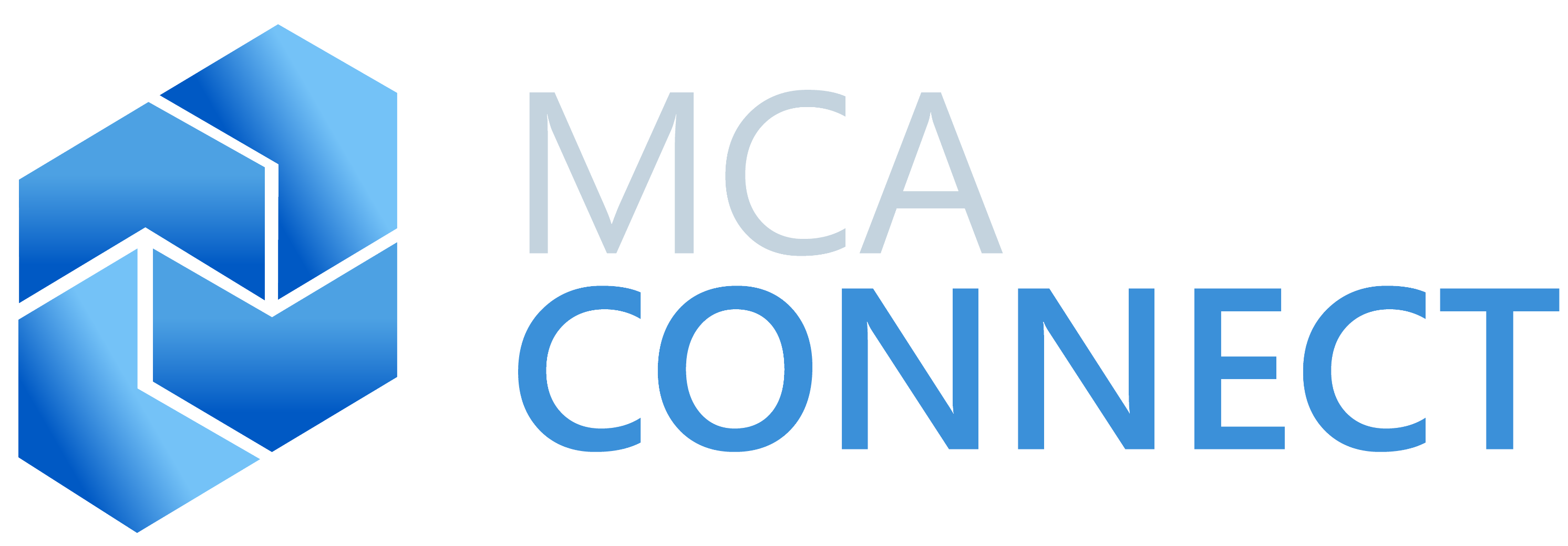publish
In a rivalry as old as time, management and workers each think they know what’s REALLY going on in a manufacturing plant. The manufacturing management team has business analytics and dashboards. Workers have their own personal experience about how the factory is functioning.
In fact, in the acclaimed manufacturing study by Sidney Yoshida, “The Iceberg of Ignorance,” they found that factory workers were aware of 100% of shop floor issues where they were involved in the process – and frequently they also had a solution. Executives and management knew much less about each individual situation, but were also handling a wider variety of issues.
Get close to the problem
Experienced manufacturing management teams know that they sometimes need to get out from behind their desk and walk the production floor. These executives regularly solicit input from their best workers to find out what’s not working – and what might be the cause.
When “the walk” becomes impractical
Today’s global manufacturing industry enterprises frequently have factories spread across the world, making a tour of production facilities expensive and inefficient. Plus, in each plant, there may be hundreds of issues that come up daily. The point of having shift managers, production managers and facility managers is to handle situations as they arise and communicate bigger issues up to management to be addressed.
The problem is that, like a game of telephone, critical information gets lost along the way.
The 3 technology trends transforming manufacturing
Just as modern ERP systems and cloud computing technology have made it possible to create and manage worldwide supply chains, these systems can now provide better shop floor insight. The cost of data storage and management has dramatically decreased. At the same time, internet coverage has reached nearly every corner of the globe. This combination provides the perfect storm for manufacturers to collect BETTER data and use it more efficiently.
Trend #1: The Voice of the Operator
Can technology efficiently collect feedback from shop floor workers? YES. In an initiative we call, “The Voice of the Operator,” we’ve been working with several of our manufacturing clients to add a layer of qualitative data to the volumes of quantitative data already being collected.
Shop floor workers involved in the process frequently know the cause of the problem. By creating a structured feedback loop for workers to share their insight, management can then create adjustment production models and test potential solutions, creating continual process improvement.
Trend #2: IoT Devices
Manufacturers are replacing PLC (programmable logic controllers) that cost thousands of dollars with inexpensive IoT (Internet of Things) devices. Not only are Industry of Things (IoT) devices a fraction of the cost, they also provide more information than ever before available. Since more data can be captured and stored in the cloud, companies use this information to reduce defects and improve overall customer experience.
Trend #3: Predictive Analytics / Machine Learning
Tied in with both trends 1 & 2 is the opportunity for predictive analytics and machine learning to do the heavy-lifting when it comes to identifying opportunities for improvements to shop floor production processes. Using massive data warehouses and big data, these business analytics tools can provide insight with greater reliability and speed than ever before imaginable.
Join the digital revolution!
Don’t let your manufacturing practices hold you back. The future is digital. Contact us and let us show you how a blend of a modern ERP solution with business analytics, combined with innovative manufacturing strategies can support your manufacturing growth.
Request a Free Value Assessment ➤
Author: Phil Coy, Managing Director – Manufacturing Excellence
Other articles you might be interested in:
{% set pop_posts = blog_popular_posts(‘default’, 3, ‘iot-analytics’) %} {% for pop_post in pop_posts %}
{% endfor %}

